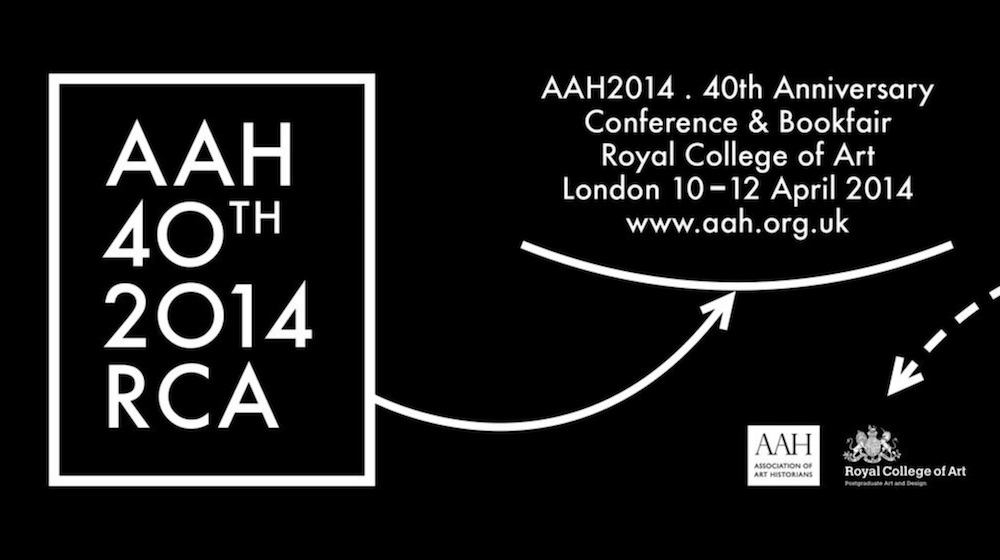CONFERENCE PANEL ORGANIZED & REFEREED:
“Colour Me Queer”
Association of Art Historians (UK) Annual Conference, 2014
Alpesh Kantilal Patel & Natasha Bissonauth, Co-chairs
From the call for papers:
While art history as a discipline has adopted a queer postcolonial gaze to trouble the canon, most groundbreaking scholarships on art and visual culture from queer racialized perspectives have been accomplished outside its borders—albeit with some notable exceptions, such as work by Kobena Mercer and Amelia Jones. This session specifically aims to explore how art history might develop a vocabulary and methodology that speaks to better understand transnational, diasporic, indigenous, and decolonial bodies alongside their gendered and sexualized lived experiences. Colour Me Queer does not signify fixed/specific otherness but rather functions as a politics that interrogates epistemological limits of race, gender, and sexuality.
If art history has been largely resistant to exploring queer racialized visualities, what are the tools necessary to dismantle the conventions of knowledge production around art? How can a queer racialized gaze affect the relationship between visual analysis and knowledge production? Do newer forms of art such as performance, film, video, and installation (rather than older forms more burdened by Western art history like painting and sculpture) lend themselves more easily to queer racialized visualities?
Overall, this session considers the stakes involved in queer racialized methodologies in visual analysis as well as the opportunity to interrogate canonical formation. Papers will not only assess what a queer racialized lens affords art history but correspondingly, what visual analysis provides queer racialized lived experiences. What tropes and themes are incited when queer racialized visualities come to the fore? And finally, what might a queer racialized lens still occlude from critical analysis?
